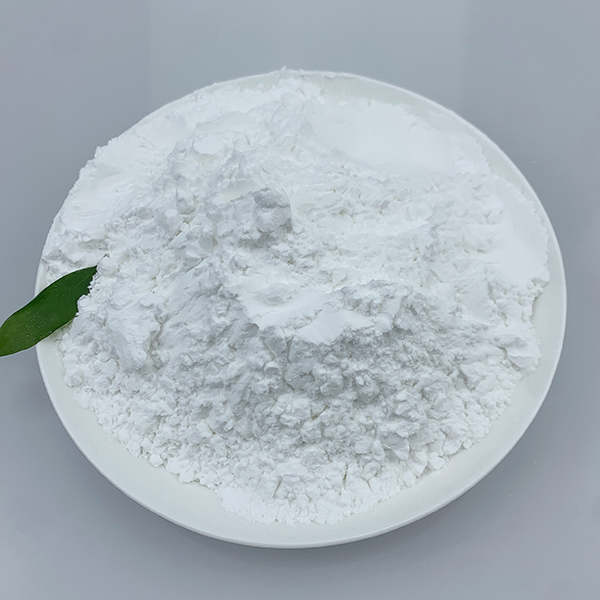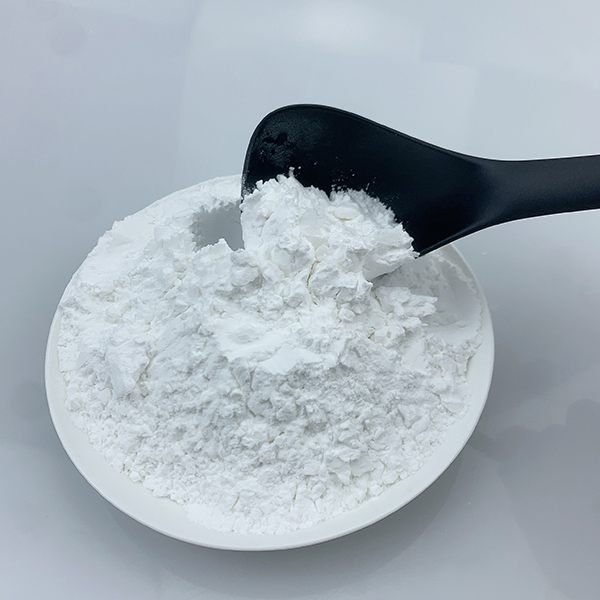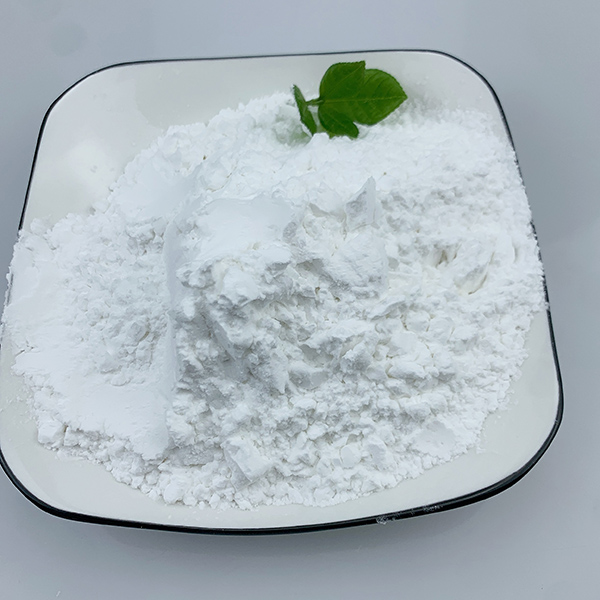C-Telopeptide CAS; 162929-64-8 L-Arginine L-α-glutamyl-L-lysyl-L-alanyl-L-histidyl-L-α-aspartylglycylglycyl-
Contact me
Email : salesexecutive1@yeah.net
whatsapp: +8618931626169
wickr: lilywang
Usage
C-terminal peptide (CTX), also known as carboxy-terminal collagen crosslinking, is a C-terminal peptide of fibrous collagens such as type I and type II. It is used as a biomarker in serum to measure bone turnover. It can be used to help clinicians determine a patient's response to nonsurgical treatment, as well as to assess a patient's risk of complications during healing after surgical intervention. [1] The test for CTX markers, called Serum CrossLaps, is more specific for bone resorption than any other test currently available
In the early 2000s, a link was noted between bisphosphonate use and physiological damage to bone. The intense inhibition of osteoclast function by bisphosphonate therapy can result in the suppression of normal bone turnover, resulting in impaired wound healing after trauma (such as dental surgery), and even spontaneous non-healing bone exposure. Because bisphosphonate is preferentially deposited in bones with high turnover, bisphosphonate levels in the jaw may be selectively elevated.
With the advent of dental implants, an increasing number of dental patients are undergoing treatments involving bone healing in the mouth, such as surgical implants and bone grafts. To assess the risk of osteonecrosis in patients taking bisphosphonates, Rosen introduced the CTX biomarker in 2000












